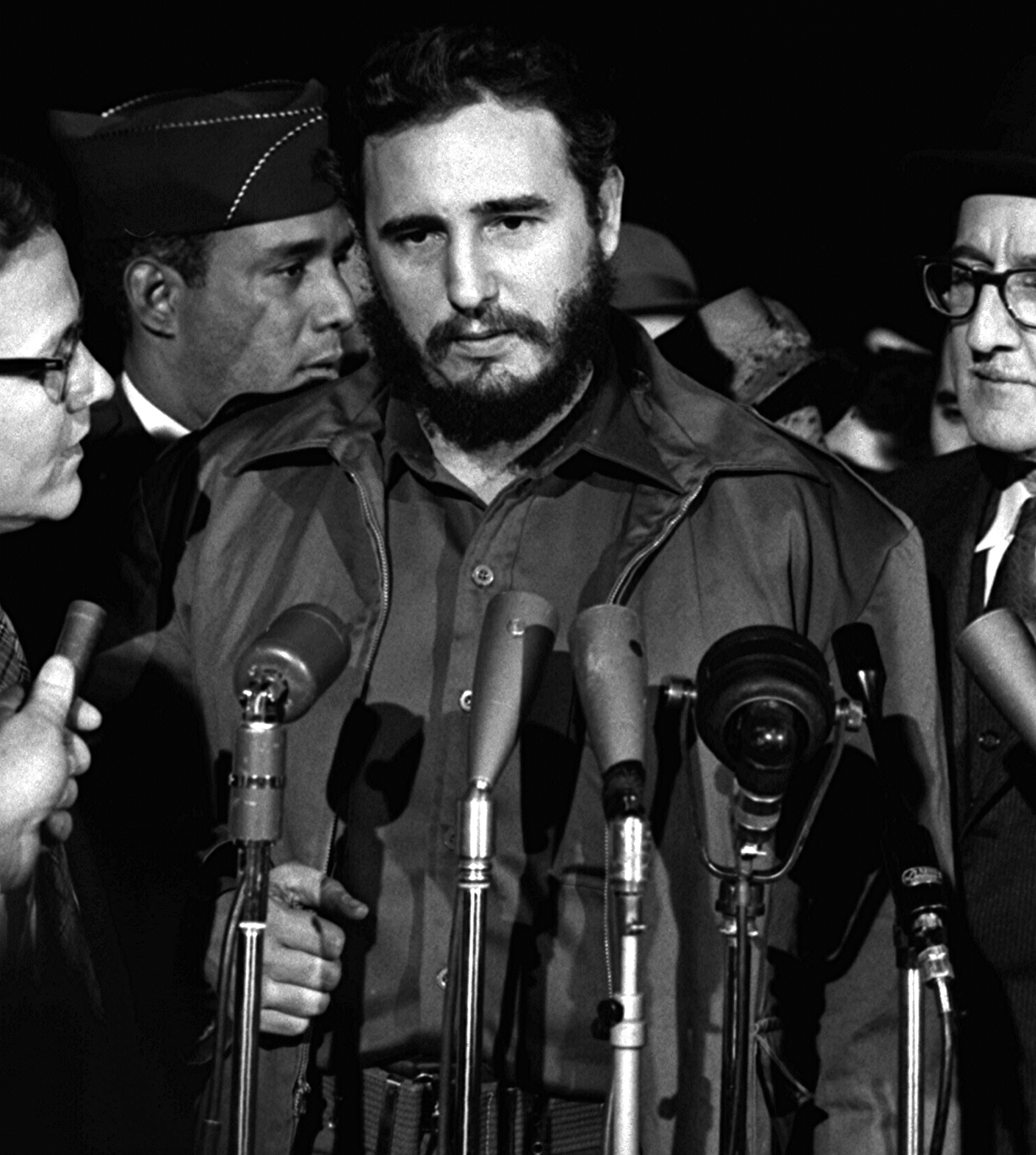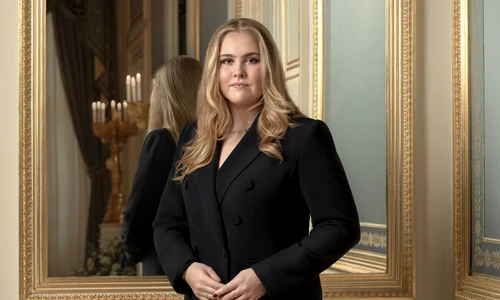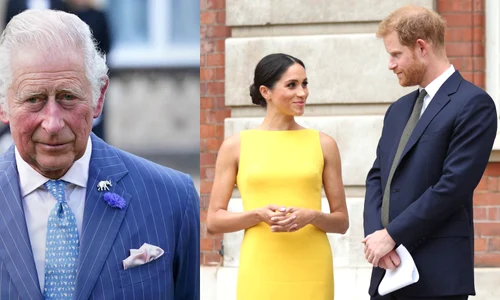
Castro’s Regime: Saturn Devouring Its Own Children?
Which regime is able to claim today that it defied the most powerful country in the world? That it humiliated the President John Fitzgerald Kennedy when his 1961 attempted invasion of the Bay of Pigs failed? That it brought the world at the brink of nuclear war? That it sent its soldiers on other Continents, in order to revive the Idea of Revolution?
Cuba was the last Spanish colony to emancipate itself in 1898, only when it did so, it became immediately an American one. Cuba was an island which tried to change its political course so as to enter a socialist Eurasia which stretched from Germany to Vietnam. The slogan of the regime was “Socialism or Death”while the exponential political manifesto of Castroism would become the 1953 Santiago trial speech “History will acquit me.”
Initially, the Soviets suspected Castro of being a kind of American “Trojan Horse”, whose “Movement” rose to power in Cuba with the aid of the CIA. In 1959, the KGB had real reasons to consider Fidel Castro a penetration agent who was adroitly sent by the Americans in the Socialist bloc. The Second Bureau of the KGB saw Castro as a mole strategically placed by the CIA in the Soviet sphere of influence. Fidel Castro’s friend Carlos Franqui confessed in the book Family Portrait with Fidelthat “CIA has always been Fidel’s ally, although it had appeared in public as his enemy.” Moreover, Orlando Bosh, an enemy of Castro’s in the 1960s, warned the Cuban émigrés in Florida that should they want to fight Castro, they would not have to believe the Agency’s arguments.
Where did those Soviet suspicions come from? The Jesuits had initiated a teenage Castro in Alberto de Castro’s secret espionage structure called Convivio which would exchange secret information with the Caribbean-based American espionage services. Through the Jesuit order and their secret society, Castro would get to the American diplomat William A. Wieland who would become the chief of the State Department’s “Caribbean Bureau” after 1952. Therefore, Castro’s connections with Wieland attracted KGB’s attention.
Yet, Castro preferred to create his own revolutionary movement with members of the reformist and radical wing of the Orthodox Party, however, he avoided the participation of the Communists from PSP (People’s Socialist Party). “I did not have preconceived notions regarding the Communists. However, it was clear to me that the Communist Party was very isolated and it would’ve been very hard to get my revolutionary plans across to them. Because of that, I had to choose:either I became a disciplined member of the Communist Party or I built my own revolutionary movement which would be able to act under the political circumstances of Cuba.”
Castro saw Marxism Leninism as “cornerstone of his own Fidelist Socialist Revolutionary movement.” Yet, Castro recruited young fellow revolutionaries who were heavily influenced by Communism and among them was his own brother, Raul, who would become a member of the Communist Youth in 1953.

Because of the fact that Communism was extending alarmingly in Cuba, especially amongst the Army – which was increasingly obedient to the Marxist indoctrination-many of Castro’s faithful comrades accused him of betraying the Revolution and opposed the red dictatorship. The Commander of the insurgent Air Force Pedro Luis Diaz said in his speech of June 29th, 1959 that “I am against any kind of dictatorship be it Trujillist, Batistist or Communist. My yesterday’s, today’s and tomorrow’s attitude demonstrates and will demonstrate that because of my love for freedom, I will never agree to a dictatorial regime and especially the most inhumane system of all:Communism.”Another hero of the insurgent Army addressed an emotional warning message to Fidel Castro, “If, in another time, you defended your people, you raised the people in the name of justice and rationality, now, Fidel, you are destroying your own work and burying the Revolution.”
There have been numerous plots organised against Castro, some even from the time he was a student:from the political gangsters from the University of Havana of the late 1940s to the supporters of the dictator Batista or the Cuban émigrés in Florida who cooperated with CIA and the Mob.
The American Secret Services recruited Rolando Cubela in the 1960s, in order to assassinate Castro. At the beginning of the 1960s, Cubela built in the Escrambray Mountains in central Cuba an anti-Castro guerrilla movement known as “The Second National Front”. The Front was under the leadership of Eloy Gutiérrez Menoyo, Castro’s and Guevara’s ex-comrade. However, in 1965, the movement was defeated and dissolved. Another attempt to oust Castro took place in 1968 when Vadim Lestov organized an abortive coup d’état.
Castro implemented drastic measures against the opposition to the Revolution, because of the increasing number of assassination attempts as well as acts of sabotage perpetrated mainly by the exiled Cubans in Florida in cooperation with the CIA. After they managed to bring about the victory of the Revolution, Raul Castro, Che Guevara and Camilo Cienfuegos created a security machine called FAR – Fuerzas Armadas Revolucionarias – Revolutionary Armed Forces. Subsequently, Castro would organise GDI-Direccíon General de Inteligencia-General Intelligence Direction with the aid of the KGB. The ministry of interior Ramiro Valdes built a secret political police under the name of G2 and, in the autumn of 1980, the security system would be completed with another institution called CDR – The Committees for the Defence of the Revolution.
In the 1960s, Castro decided to release Eloy Guttiérrez Menoyo and Roland Cubela, both of whom wanted to bring about his ousting from power. Thus, in 1963, Fidel explained that the Revolution would not end up devouring its own children like Saturn did. Yet, a quarter of century later, the revolutionary family was in the exact situation described by Fidel in the 1960s. Castro pardoned neither General Arnaldo Ochoa – a veteran of the secret Cuban infiltrations in the Third World-nor colonel “Tony” Antonio from the Guarida Front – chief of a service entrusted with violating the US commercial embargo as well as an old fighter of the Cuban special troops who had the mission of spreading the Revolution in the Caribbean. Both of them were executed alongside their deputies:captain Jorge Martínez Valdés and the commander Amado Padrón Trujillo.
Fidel Castro’s ideology – called “Fidelism” by the Cubans – is more than a simple model of Soviet-inspired Communism. It represents an eclectic mix of ideas from Marx, Engels, Lenin, Che Guevara, José Martí and an important part of it belongs to Fidel Castro.















